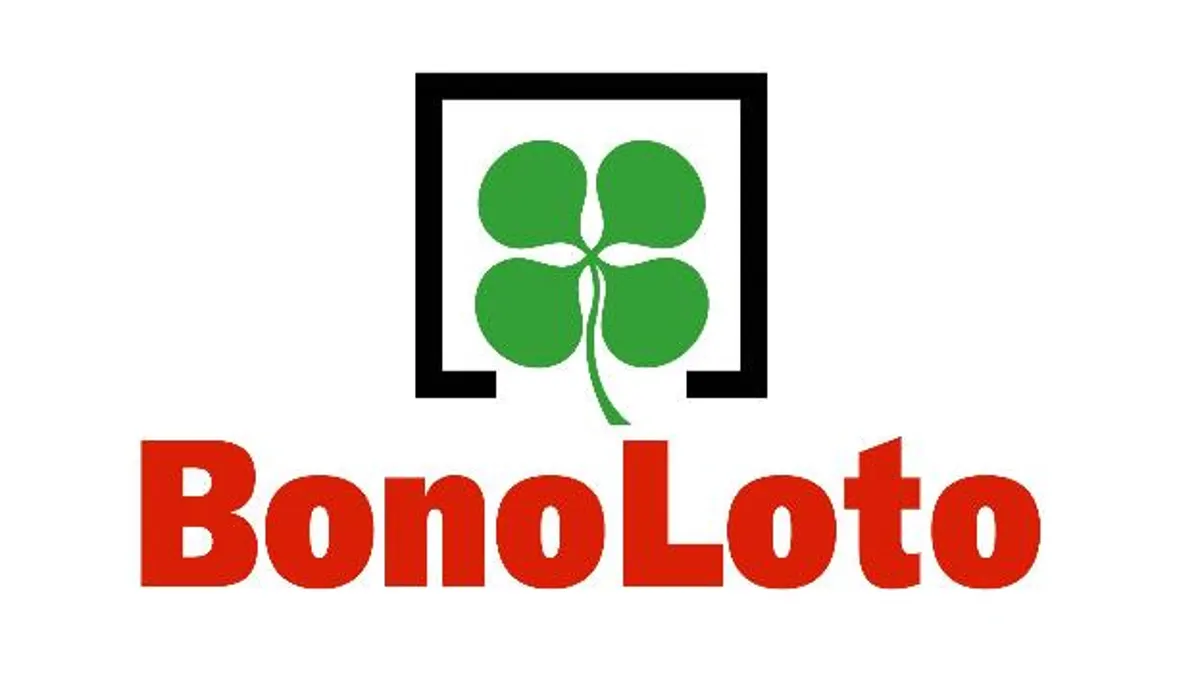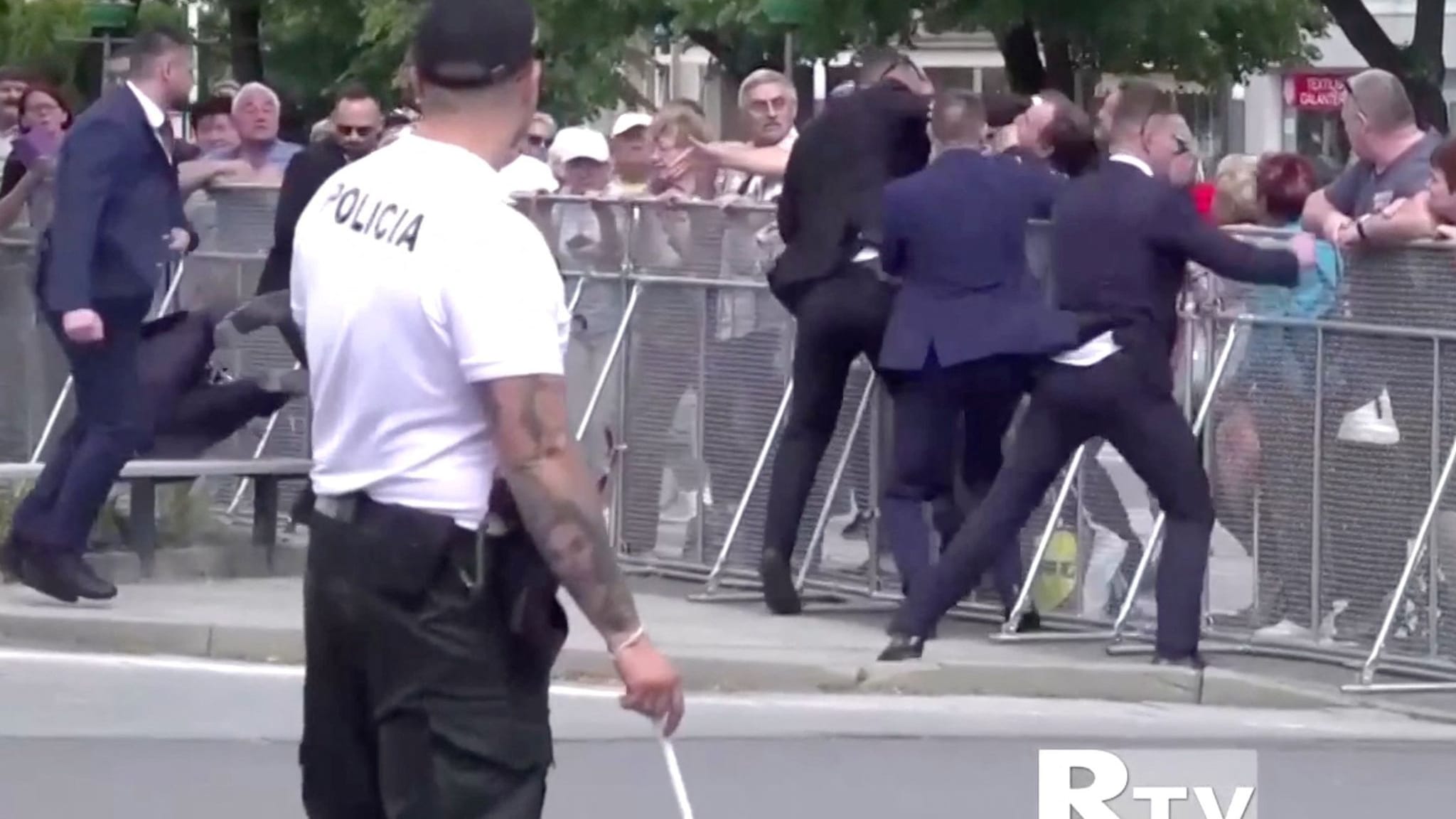Conflict erupted out on UCLA’s campus in the late hours of Tuesday night as pro-Israel counter protesters attacked members of the “Palestinian Solidarity Encampment” and law enforcement failed to reestablish peace until around 4 a.m., prompting the university to cancel all classes on Wednesday, May 1.
UCLA leadership is now under fire for its slow response to quell last night’s attack, which Gov. Gavin Newsom declared “unacceptable” and UCLA Chancellor Gene Block has vowed will be thoroughly investigated.
The outburst of violence was the culmination of tension that has been simmering on campus since the start of the Israel-Hamas war and rapidly escalated after students’ occupation of Royce Quad last Thursday.
As the days and hours passed after the encampment was established, protesters and counter-protesters flooded the area, waves of furious social media posts flooded the internet, and university leaders issued several statements in unsuccessful attempts to regain control of the campus.
Students protesters and university leaders are now in a standoff. UCLA has declared the encampment “unlawful,” while students are refusing to vacate until their demands are met. The demands include that UCLA’s leaders divest from companies that do business with Israel, sever ties with Israeli universities and demand an immediate ceasefire in Gaza.
Here’s a timeline of key events leading up to and during the night of violence:
Wednesday, April 17: Protesters at Columbia University begin occupation of their campus, a protest style quickly mimicked by pro-Palestinian activists at colleges across the nation.
Wednesday, April 24: Around 6 p.m., LAPD arrests 93 protesters at USC’s Alumni Park after they refuse to obey orders to vacate the area. Earlier in the day, protesters attempt to establish an encampment, but are quickly ordered to take tents down by campus public safety.
A University of Southern California protester is detained by USC Department of Public Safety officers during a pro-Palestinian occupation at the campus’ Alumni Park on Wednesday, April 24, 2024 in Los Angeles. (AP Photo/Richard Vogel)
Thursday, April 25: Students at UCLA begin their occupation of Royce Quad, setting up about 30 tents and sealing off the area with wooden fences. The Palestine Solidarity Encampment is led by several campus organizations including the UC Divest Coalition, Students for Justice in Palestine, and Jewish Voice for Peace.
UCLA students set up a Palestinian solidarity camp at their Westwood campus on Thursday, April 25, 2024. The encampment comes one day after a protest on theircross-town rival USC. (Photo by Sarah Reingewirtz, Los Angeles Daily News/SCNG)
By late afternoon over 300 protesters gathered in the area. Some Jewish students report feeling unsafe on campus and express their discomfort with protest chants such as “from the river to the sea” and “intifada, intifada,” which they interpret as a call to wipe out the Jewish population in Israel.
“It’s just sad to me because I know a majority of my Jewish friends feel unsafe,” said first-year student Eli Tsives. “They won’t even leave their dorm. They don’t want to walk to classes because they don’t feel safe.”
A small group of counter-protesters forms and scuffles break out between two parties.
Friday, April 26: UCLA administration issues a statement saying that it supports students’ right to free speech and will not request law enforcement intervention at this time. The encampment continues to swell in size and student protest leaders control the foot traffic in and around Royce Quad.
Saturday, April 27: A GoFundMe raises over $50,000 to establish a pro-Israel counter-protest featuring a massive screen and speakers adjacent to the encampment.
Sunday, April 28: A pro-Israel counter-protest takes place, prompting the university to establish metal barriers separating the two groups. The barriers are breached and conflict ensues between the two parties, but no arrests are made and the protests disperse around 3 p.m.
UCLA Vice Chancellor Mary Osako says the university is “heartbroken about the violence that broke out.”
Monday, April 29: Members of the UCLA Faculty stage a walkout in solidarity with the protesting students and attend a rally outside of Royce Hall that draws a crowd of around 400 students, staff and activists.
Some UCLA faculty joined with Pro-Palestinian protesters at UCLA on Monday, April 29, 2024. Hundreds of Pro-Palestinian supporters joined in a march from their encampment in front of Royce Hall to areas around the campus. (Photo by David Crane, Los Angeles Daily News/SCNG)
“We are out here to support students who are asking for UCLA’s disclosure of investments supporting the war in Gaza and divestment of UCLA commitments’ to the war in Gaza,” said Graeme Blair, assistant professor of political science at UCLA. “I think our role is to protect their rights to express that and share with the administration that we believe they should be allowed to be out here making these demands.”
Council on American-Islamic Relations LA (CAIR-LA) asks UCLA to investigate reports of encampment members being harassed including an alleged incident when a backpack full of mice was thrown into the encampment.
“This incident is part of the constant, daily harassment that students at the UCLA Gaza Solidarity Encampment have been subjected to by counter-protesters in support of Israel’s ongoing genocide in Gaza,” CAIR-LA Executive Director Hussam Ayloush said. “The university must take immediate action to protect the students participating in the encampment.”
Tuesday, April 30:
11:48 a.m.: Osako issues a statement that the university is investigating allegations that protesters blocked a student’s access to class, and says “this kind of disruption to our teaching and learning mission is abhorrent, plain and simple.”
Osako also says that campus security is being expanded following altercations between protesters and counter-protesters including, “adding greater numbers of campus law enforcement, safety personnel and student affairs monitors.”
4 p.m.: The university delivers a notices to the encampment informing students that the occupation is “unlawful and violates university policy.” Students are asked to vacate or face disciplinary action.
5:30 p.m.: Student protesters issue a response to the administrations reiterating their intent to remain at the encampment until their demands are met. The statement also condemns the university’s failure to protect protesting students from “Zionist aggressors.”
The statement accuses the UCLA of “refusing to acknowledge the fascist zionist militias’ blatant abuse of power both here on campus and in Palestine” and says that “Zionists threaten our safety every night by verbally, physically, and emotionally assaulting the students participating in the encampment.”
10:30 p.m.: Counter-protesters swarm campus and members of the encampment share online posts saying they are under attack and calling for help.
I am at the UCLA quad, where things have been very tense all day after school law enforcement has asked protesters to leave and a large group of counter protesters has thrown fireworks. Both groups are facing off with lots of media & some cops nearby. pic.twitter.com/1nOGKDn85l
— Emily Holshouser (@emilyytayylor) May 1, 2024
11:00 p.m.: Videos appear of projectiles and fireworks being sent into the encampment.
12:30 a.m.: A group attempts to dismantle the Palestinian encampment, with some people trying to take down fences, plywood and other barricades. Violent clashes ensue between both parties.
Demonstrators clash at an encampment at UCLA late Tuesday, April 30, 2024, in Los Angeles. Dueling groups of protesters have clashed at the University of California, Los Angeles, grappling in fistfights and shoving, kicking and using sticks to beat one another. (AP Photo/Ethan Swope)
12:45 a.m.: Osako issues a statement saying, “Horrific acts of violence occurred at the encampment tonight and we immediately called law enforcement for mutual aid support. The fire department and medical personnel are on the scene. We are sickened by this senseless violence and it must end.”
Shortly thereafter, Los Angeles Mayor Karen Bass issues a statement condemning the violence and saying the LAPD is on its way.
Related Articles
Blinken presses Hamas to seal cease-fire with Israel, says ‘the time is now’ for a deal
Encampment builds as Cal State LA students rally for Palestine on May Day
Former Google workers fired for protesting Israel deal file complaint claiming protected speech
Police arrest dozens of Cal Poly Humboldt protesters, journalist
Netanyahu juggles cease-fire, split cabinet as Blinken visits
1:30 a.m: The LAPD arrives in riot gear and assembles alongside California Highway Patrol officers, but they do not immediately try to break up clashes at the camp.
2:45 a.m.: Officers move in to engage with demonstrators and get them to disperse, telling them to leave or be arrested, ABC7 reported. Forty-five minutes later, the pro-Israel demonstrators had left the quad at the direction and encouragement of police, the station reported.





